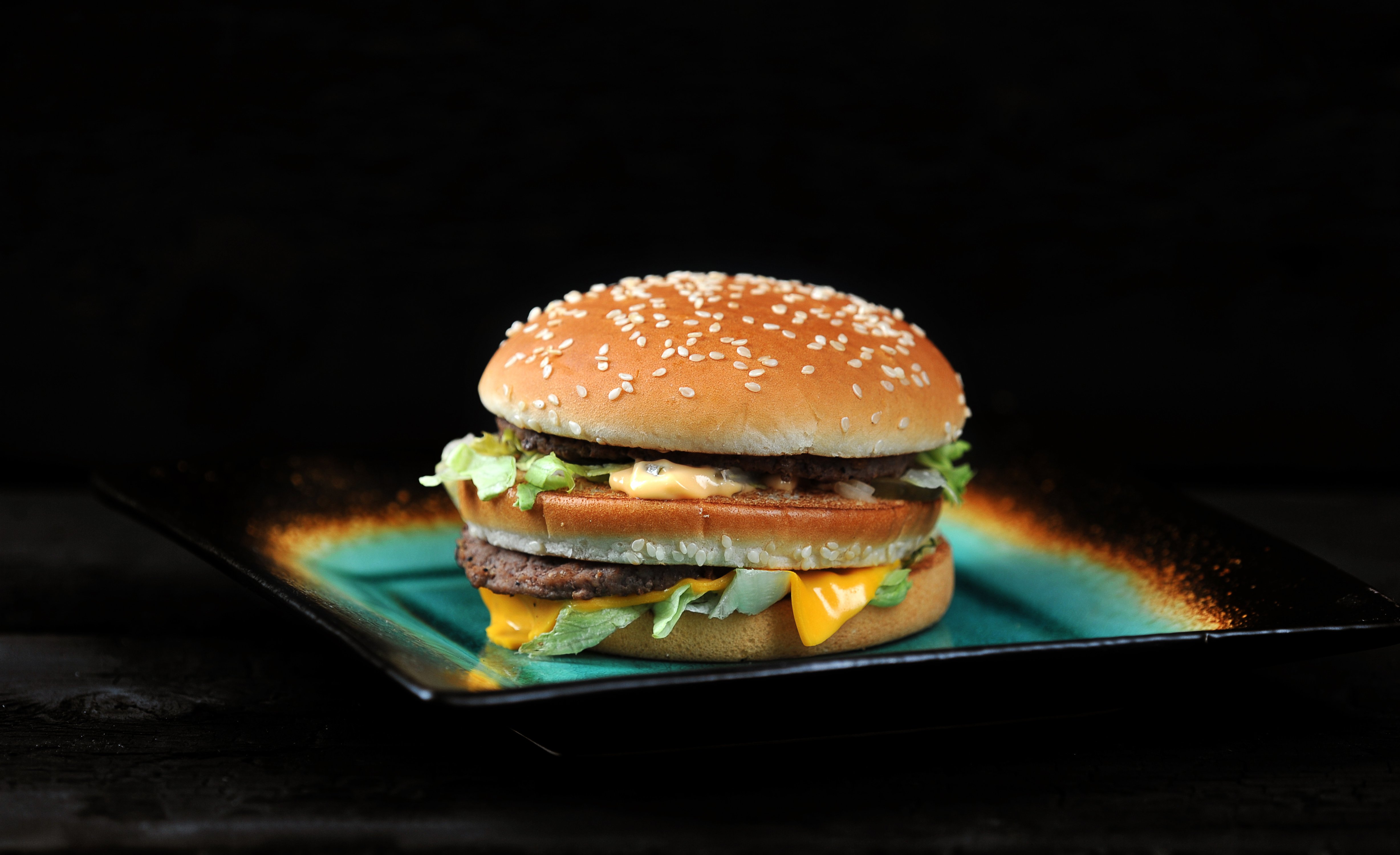The Top 5 Personal Budget Software Apps for Your Family
Forty percent of Americans spend less than their yearly income. But an almost equal 38 percent spend the equivalent of their paycheck. That leaves 18...

Another week, another horrible set of economic news.
On the heels of what was the single worst quarterly GDP drop in U.S. history, a rather disconcerting development occurred in the latest Initial Jobless Claims report.
Last week, the number of Americans filing new claims for unemployment benefits topped 1.4 million. It was the 19th straight week where initial claims were north of a million. More importantly, it was the second straight week where initial claims rose, after declining 15 straight weeks. That barometer is more meaningful (and concerning) than the historic GDP report.
In other news, our unelected/unaccountable Fed Chairman Jay Powell remains in La-La-Land as he continues pouring gasoline on a raging asset price bonfire. Look no further than shares of Eastman Kodak (KODK) in this week’s edition of “Markets Gone Wild!”
In case you didn’t know, the one-time camera manufacturer is apparently now a “pharmaceutical” company. And in case you didn’t know, over 72,000 Robinhood investors sent the stock up as much as 2,189% earlier this week—this after the company announced a $765 million loan from the U.S. government to begin drug production.
Nope—nothing to see here. Move along.
To be clear, what we are witnessing right now is an incomprehensible escalation of market distortion and a moral hazard across the board courtesy of our friends at the Fed and Treasury. On the bright side, at least Kodak isn’t in bankruptcy like Hertz!. In case you didn’t know, the one-time camera manufacturer is apparently now a “pharmaceutical” company. And in case you didn’t know, over 72,000 Robinhood investors sent the stock up as much as 2,189% earlier this week—this after the company announced a $765 million loan from the U.S. government to begin drug production.
Nope—nothing to see here. Move along.
To be clear, what we are witnessing right now is an incomprehensible escalation of market distortion and a moral hazard across the board courtesy of our friends at the Fed and Treasury. On the bright side, at least Kodak isn’t in bankruptcy like Hertz!
Meanwhile, despite overwhelming evidence to the contrary, Powell remains adamant that the Fed monetary policy is “absolutely” not contributing to wealth inequality. Okay, try telling that to the 30 million Americans who literally didn’t have enough to eat last week, as billionaires Jeff Bezos, Mark Zuckerberg, and Elon Musk minted another $115 billion this year alone.
As usual, the truth tends to reside over in the bond market where the 10-year Treasury is currently yielding 0.556%. Gold incidentally is knocking on the $2,000 dollar door, augmenting the bond market’s warning/message with an ounce of the precious metal/currency currently fetching $1,987.

In 1986, The Economist developed a tasty way to assess whether currencies are trading as they should be: The Big Mac Index.
In theory, countries’ exchange rates should allow a person to buy the same product – in this case, a burger – for the same amount of money in any currency. In reality, currencies are often undervalued or overvalued. When an analyst says a country’s currency is undervalued relative to the U.S. dollar, it means a burger costs less in that country than it does in the United States.
For example, in June 2020, a fancy burger cost about $5.71 in the United States. In Britain, it cost £3.39, which is about $4.46 using last week’s exchange rate. That makes a British burger a lot less expensive than a U.S. burger. If the currencies were aligned properly, the burger should have cost £4.34. So, the British pound is undervalued relative to the U.S. dollar.
In June, visitors to Switzerland paid more for burgers than they would have in the United States. A Swiss burger cost SFr6.50 or about $7.15 in June 2020. If the currencies were aligned, the burger would have cost about SFr5.19.
The cheapest burger in the world was found in South Africa, where it sold for 31.00 rand or $1.83 in June. If the currencies had been in parity, then a South African burger would have cost 96.97 rand. You also can buy a burger for less in China. The Economist explained, “A [burger] costs 21.70 yuan in China and $5.71 in the United States…[This] suggests the Chinese yuan is 45.7 percent undervalued.”
The Big Mac Index should be taken with a grain of salt. It’s an imprecise tool some economists find hard to swallow because the price of a burger should be lower in countries with lower labor costs, and higher in countries with higher labor costs. When index prices are adjusted for labor, the Thai baht and Brazilian real are the world’s most overvalued currencies relative to the U.S. dollar, while the Hong Kong dollar and the Russian ruble are the most undervalued.
“There are basically two types of people. People who accomplish things, and people who claim to have accomplished things. The first group is less crowded.”
--Mark Twain, Humorist
Best regards,
Niels Buksik
P.S. Please feel free to forward this commentary to family, friends, or colleagues. If you would like us to add them to the list, please reply to this email with their email address and we will ask for their permission to be added.

Forty percent of Americans spend less than their yearly income. But an almost equal 38 percent spend the equivalent of their paycheck. That leaves 18...